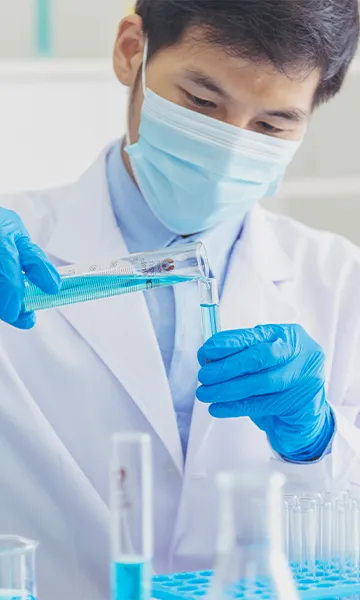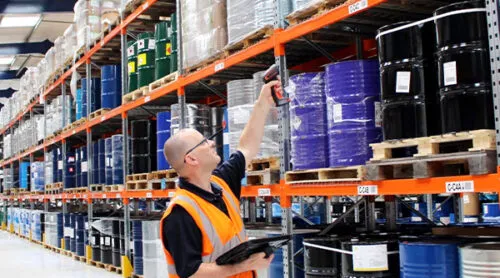Fragrance chemistry has a long history of technical innovation that has shaped industrial processes, consumer habits, and social standards around the globe. The fundamentals of fragrance chemistry have been scaled to create natural and synthetic fragrances to meet specific product functions in entirely new ways.
Understanding Fragrance Chemistry
The basic components of any fragrance remain relatively unchanged throughout history, consisting of fragrance oil, water, and alcohol. Technological advancements in the late 19th century introduced synthetic fragrance ingredients derived from the careful combination of chemical compounds. The chemistry of fragrances quickly developed thousands of new scents produced by fragrance chemists and engineers in several industries, leading to scented soaps, deodorants, and even scratch-and-sniff stickers in 1971.
Fragrance Oils in Perfume
Fragrance oils are categorized first by origination and then by strength of concentration. Natural oils are derived from organic materials, usually flowers or fruits. Synthetic oils are carefully engineered in a laboratory environment before being mass-produced.
The most concentrated fragrance oils are perfume oils, the base of most consumer perfumes. The French terms so closely associated with colognes and perfumes describe the various concentrations of perfume oil in a particular product.
- Parfum is 25% perfume oil
- Eau de parfum is 15-18%
- Eau de toilette is 10%
- Eau de cologne is less than 10%

Water in Perfume
Water is far from filler liquid. Early fragrance pioneers discovered water mitigated the drying effect of alcohol in perfume. Most commercially available fragrances include 2-5% distilled water; a higher water ratio may pose solubility issues.
Alcohol in Perfume
Most fragrances are 95-98% perfumer’s alcohol. Often called a “base,” alcohol dilutes the fragrance oil to make it easier to spray (when paired with an atomizing agent) or apply to the skin. Certain alcohols also play a role in stabilizing and preserving fragrance oils and concentrates to mitigate deprecation while in storage and during shipping.
Natural vs. Synthetic Fragrances: What’s Better?
Natural fragrances are generally more accepted by consumers and typically have fewer total ingredients. That is not to say that safe, regulated synthetic fragrances are bad. Some synthetics have made headlines due to parabens and phthalates, input materials used to make cosmetics more pliable. The vast majority of synthetic products are safe, cost-effective, and high-quality.
Read more: Food Chemistry’s Contribution to Quality Products
The Chemistry of Fragrances, An Egalitarian Force
For thousands of years, fragrance was the domain of the elite. Essential oils and natural perfume oils were used in soaps, unguents, and ceremonial candles and oils. By the 1870s, chemists developed low-cost synthetic fragrance ingredients. Manufacturers quickly leveraged the power of scent to influence consumer behaviors, supporting products with scents that increased first-time purchases or repeat business.
Business Scents: Cost Optimization and Proliferation
By the mid-20th century, dozens of fragrance manufacturers produced thousands of natural and synthetic aromas, primarily in soaps. Chemical instability kept prices high, with competitors racing to engineer a predictable, stable ingredient from the turn of the century into the 1940s.
Market forces drove down operating costs while expanding the chemistry and technology of fragrances to an industrial scale. Further innovations, including atomizers and terpineol, changed how consumers applied and experienced scents in daily life.
New Frontiers in Fragrance Technology
Current fragrance chemistry is mixing with digital technology. Known as digital scent technology, industry leaders use artificial intelligence to create idealized combinations of fragrance ingredients and pair olfactory experiences with light, sound, and color. Digital fragrance products are designed to strengthen brand association, similar to sound marks or brand jingles.
A Legacy of Innovation: That’s Tilley
Tilley Distribution partners with leading fragrance suppliers and engineers to create and deliver quality ingredients. From in-house product development to global distribution assets, we position manufacturers in several verticals to succeed. See what our technical expertise can do for you; speak with a Tilley representative today.
